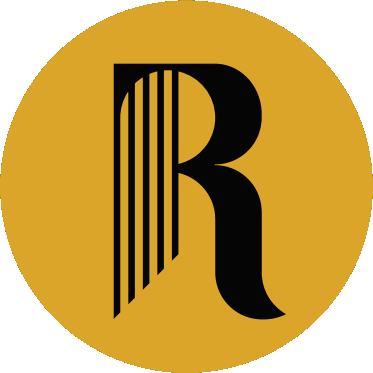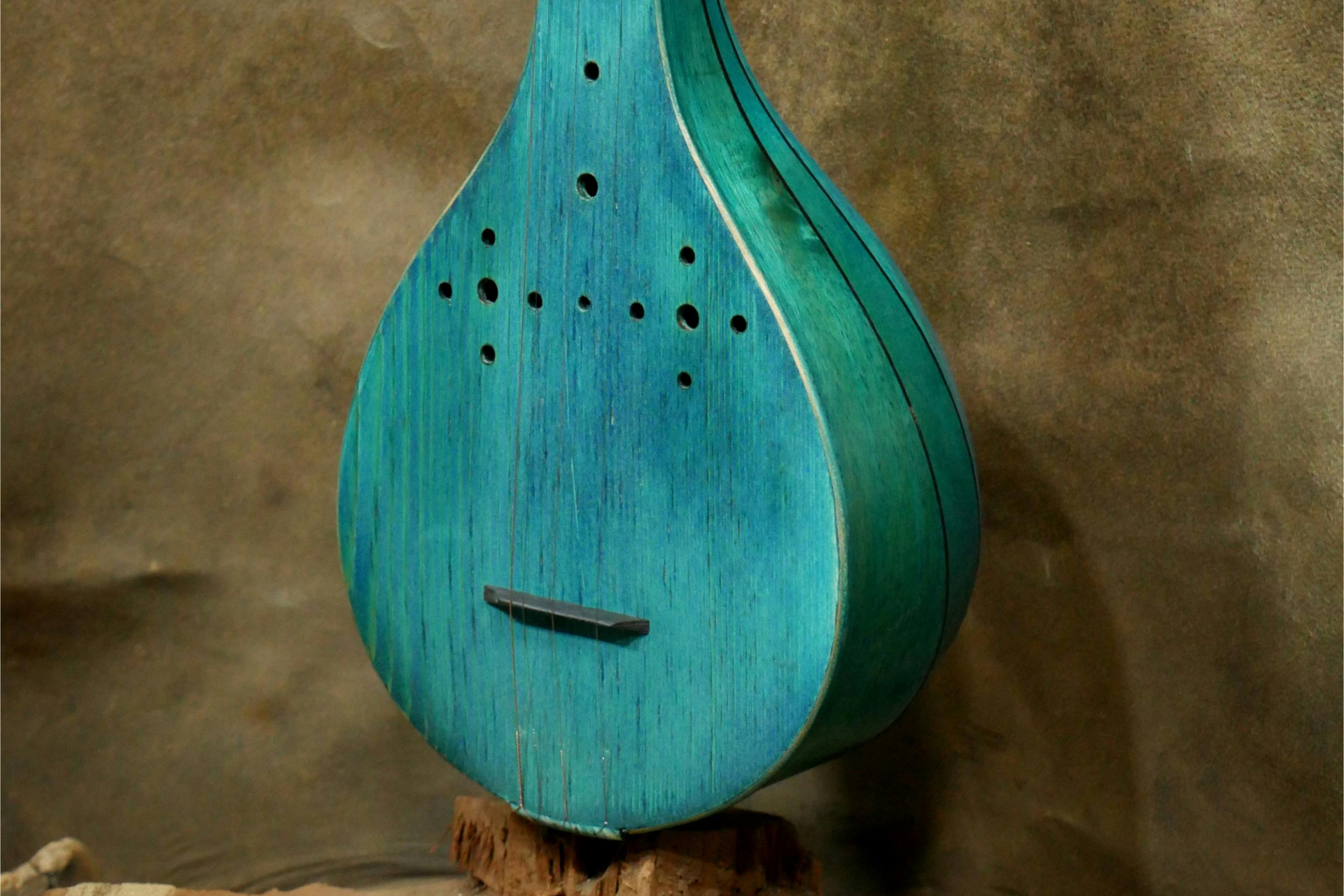Persian traditional music, known as “musiqi-e sonnati-e Irani”, is one of the most ancient and culturally rich musical traditions in the world. Its origins can be traced back thousands of years, evolving through the eras of ancient Persia, the Islamic Golden Age, and into the present.
Persian music is deeply intertwined with poetry, spiritual expression, and a sophisticated modal system called the Dastgah, which shapes its unique structure and performance style. In this article, we will explore the main types of Persian traditional music, its modal systems, key instruments, and regional influences that make it an irreplaceable part of Iran’s cultural heritage.
The Foundation of Persian Classical Music: Dastgah System
At the heart of Persian traditional music lies the Dastgah system, a modal framework that functions similarly to modes or scales in Western music. Each Dastgah comprises several gushehs (melodic pieces), and a complete repertoire of these is called the Radif. A master musician learns and performs the Radif through years of study and oral transmission.
There are seven primary Dastgahs and five derivative Avazes in Persian music:
-
Dastgah-e Homayoun
-
Dastgah-e Segah
-
Dastgah-e Chahargah
-
Dastgah-e Mahur
-
Dastgah-e Nava
-
Dastgah-e Rast Panjgah
Each Dastgah evokes a distinct mood or emotion, ranging from joy and triumph to sorrow and introspection. The derivative Avazes, which include Avaz-e Abu Ata, Avaz-e Dashti, Avaz-e Bayat-e Tork, Avaz-e Afshari, and Avaz-e Bayat-e Esfahan, are closely related to the main Dastgahs but with unique melodic characteristics.
Dastgah-e Shur and Its Avazes: The Soul of Persian Music
Dastgah-e Shur is one of the most fundamental modes in Persian music and is considered the foundation for several Avazes. It evokes deep emotion and spiritual reflection, making it suitable for both instrumental and vocal improvisation. The melodic flexibility of Shur makes it ideal for expressing sadness, longing, and mystical contemplation.
The Avazes derived from Shur include:
-
Avaz-e Abu Ata: Known for its melancholic and poetic quality, it is often used in love songs and laments.
-
Avaz-e Dashti: A regional mode with a folk-like tone, frequently heard in pastoral and rural-themed music.
-
Avaz-e Bayat-e Tork: Associated with Central Iranian culture and known for its warmth and romantic tone.
-
Avaz-e Afshari: Deeply emotive, often used for expressing sorrow and mourning.
These Avazes allow for nuanced interpretation and are frequently used by vocalists to convey complex emotional narratives.
Dastgah-e Homayoun: The Language of Nobility and Mysticism
Dastgah-e Homayoun is characterized by a serious, majestic, and contemplative atmosphere. It is often associated with Sufi music and spiritual gatherings due to its introspective quality. Its deep tones and slower tempo create a space for reflection and are often used to accompany poetry by classical Persian poets such as Hafez and Rumi.
Avaz-e Bayat-e Esfahan, a derivative of Homayoun, is known for its lyrical and sweet nature, making it a favourite for romantic and expressive compositions.
Dastgah-e Segah and Chahargah: Expressive and Technical Masterpieces
Dastgah-e Segah is famous for its ornamental phrases and delicate microtonal nuances. It provides a rich canvas for improvisation and emotional expression. Segah compositions often touch on themes of passion and heartbreak.
Dastgah-e Chahargah, on the other hand, is more rhythmically dynamic and powerful. It’s known for its dramatic tension and intensity, making it ideal for instrumental solos and technical displays. Musicians often use Chahargah to showcase their virtuosity, especially in live performances.
Dastgah-e Mahur and Rast Panjgah: The Iranian Counterparts to Western Major Scales
Dastgah-e Mahur is perhaps the most “joyful” of all Dastgahs and resembles the Western major scale. Its bright and uplifting tone makes it suitable for celebrations, patriotic songs, and hopeful compositions. While it appears simpler than other Dastgahs, Mahur can be surprisingly intricate and versatile in skilled hands.
Dastgah-e Rast Panjgah, while also similar to the major scale, is more complex and demanding in terms of modulation and improvisation. It is considered a “master’s Dastgah,” requiring a deep understanding of melodic transitions and intricate phrasing. This mode is often used in ceremonial and classical settings.
Dastgah-e Nava: The Voice of Melancholy and Beauty
Dastgah-e Nava has a haunting, serene quality. It blends features of both Shur and Mahur but has a distinct emotional resonance. Nava compositions are often performed in intimate gatherings, providing a space for storytelling through music. It is considered one of the more philosophical and subtle Dastgahs.
Folk and Regional Persian Music Traditions
In addition to classical Dastgah music, Persian traditional music includes a diverse array of regional and folk styles that vary across Iran’s provinces. These styles incorporate local dialects, rhythms, instruments, and cultural themes:
-
Kurdish Music: Often played with the tanbur or daf, Kurdish music is spiritual, deeply emotional, and frequently associated with Sufi rituals.
-
Baluchi Music: Energetic and rhythm-heavy, Baluchi music features instruments like the sorud and doneli. It is often performed at weddings and social ceremonies.
-
Azeri Music: Found in the northwest, Azeri music blends Persian and Turkish influences and includes dynamic mugham improvisation.
-
Luri and Bakhtiari Music: Known for their epic ballads and tribal rhythms, this music is passed down orally and often celebrates bravery and love.
-
Mazandarani and Gilaki Music: These northern Iranian styles incorporate strong vocal harmonies and fast-paced dances, performed with local instruments like the kamancheh and dohol.
The Role of Persian Poetry in Traditional Music
Persian traditional music is inseparable from classical Persian poetry. Poets like Rumi, Hafez, Khayyam, and Saadi have provided centuries of lyrical content that musicians set to melody. Vocalists often engage in improvised singing, known as Avaz, where they interpret and emotionally express the verses through nuanced intonation and rhythm.
The symbiosis between music and poetry not only enriches the performance but also serves as a vehicle for preserving the Persian language, values, and mysticism.
Key Instruments in Persian Traditional Music
Several unique instruments define the sonic identity of Persian traditional music:
-
Tar: A long-necked lute with a deep, resonant tone. It’s a central instrument in Persian classical ensembles.
-
Setar: A smaller, more delicate version of the tar, known for its intimate sound and spiritual association.
-
Santur: A hammered dulcimer with a shimmering, cascading tone. It requires great skill to master.
-
Kamancheh: A bowed string instrument similar to the violin, used for both melodic and emotional expression.
-
Ney: An end-blown reed flute, often used in mystical and meditative music.
-
Daf: A large frame drum used in both classical and Sufi rituals, known for its rhythmic intensity and spiritual energy.
-
Tonbak: The principal goblet drum in Persian music, essential for maintaining rhythm in ensemble settings.
Improvisation: The Art of Spontaneity in Persian Music
One of the most fascinating elements of Persian traditional music is improvisation. Known as bedāheh-navāzi, this practice allows musicians to express their personal interpretation of a Dastgah or poetic verse in real time. Improvisation is not random, it’s rooted in years of study of the Radif and mastery of the instrument. It is this spontaneity and personal touch that keep Persian music alive and constantly evolving.
Preservation and Modern Revival of Persian Traditional Music
Despite modern challenges, Persian traditional music continues to thrive. Iranian conservatories, music festivals, and online platforms are helping preserve this precious heritage. Young musicians are innovating while remaining respectful of tradition, blending Persian music with jazz, electronic, and world music styles.
Diaspora communities in Canada, the U.S., and Europe have also contributed to the global appreciation of Persian music. Cultural centers and music shops across the GTA have become hubs for learning and celebrating this art form.
Experience the Beauty of Persian Music Locally
Whether you're a seasoned musician or simply curious about Persian traditional sounds, discovering the right instrument and learning materials can enrich your musical journey. Rhythm Music Shop, serving Markham, Richmond Hill, North York, Scarborough, and the rest of the GTA, offers a wide range of traditional instruments and expert guidance to help you explore this timeless tradition.

